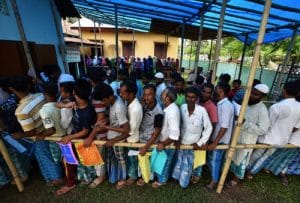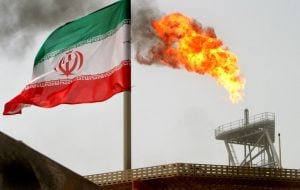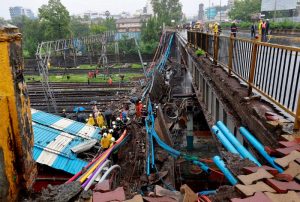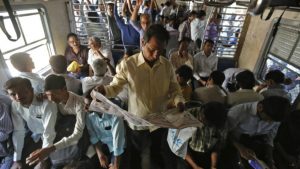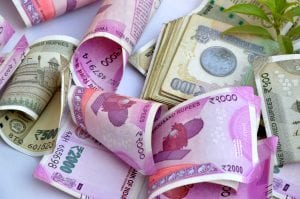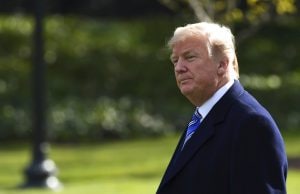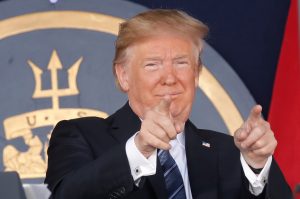Barbarians at the gates: How to deal with lynch mobs
Summary
The crowd gathers, the crowd metes out extreme violence, and the crowd disappears.
There have been a spate of lynchings across India. Be it the outcome of rumours involving the transport of cattle, or the presence of strangers in an area, followed by WhatsApp messages on child kidnapping, the response is crowd violence.
The crowd gathers, the crowd metes out extreme violence, and the crowd disappears. The law, like in old Hindi movies, arrives too late to prevent the violence, or the perpetrators disappearing.
This, in turn, emboldens more killings and allows murderers to get away with brazen murder. And, the cycle continues – a new month, a new rumour, and a new lynching. Since 2010, there have been 89 lynchings, with 291 victims and 35 deaths, that have to do with suspicion of stealing cattle, or eating beef. There have been reports of 14 lynchings, based on rumours of child kidnapping.
In some cases, these lynchings have a communal undertone, in others a xenophobic one – in both cases, the ‘otherisation’ possibly makes the violence easier. The lynchings are brutal and have become a regular part of the news cycle.
It is given this frequency and brutality of lynchings that prompted the Supreme Court to ask the government to bring in a special law to curb lynchings. And, this has caused a huge debate between those who think that lynchings are going to turn the country into mobocracy; and those who believe that it isn’t a major problem.
There are those who argue that for a country the size of India, and with a staggering population of 1.3 billion people, lynchings are not even a fraction of the crime committed. And they are right, if you look at it purely from the point of view of the cause of death.
But, imagine a mob of enraged people beating an absolute stranger to death with their own hands. 103 mobs – made up of ordinary people, people with every day lives, everyday families- who suddenly turn into brutal killers is not a small matter, and demonstrates the total contempt that people have for the law and order machinery in their state.
There are others who argue that lynchings are a tear in the fabric of India, and a new law is needed to curb this tear becoming even larger. But, the problem with India is not the lack of laws, but the lack of implementation.
There are enough social theories that show that higher crimes are committed, because people who commit ‘lower’ crimes get away scot free. For example, there are laws against honking, or the use of loud speakers, or not wearing helmets while on two wheelers – most of these go unchecked in most of our localities.
This leads to a sense of believing that the state is blind to even higher trespasses. And, allows for more deviant behaviour. Unless the state focuses on maintaining order, it is not going to get policing right. The Broken Window Theory says that law order tends to focus on larger crimes such as murder, rape, and burglary – and ignore ‘smaller’ crimes like vandalising.
The proponents of this theory, James O Wilson and George Kelling – suggested that if the police focused on the smaller crimes, and took care of order, larger crimes would decrease because the message would go out that the State meant business. This theory has been used effectively in curbing crimes across the world. India too needs to see how constructs like this can be used to reduce incidents of mob violence.
A new law against lynching, or amendments to the existing law, will only work if the entire criminal justice system is geared towards stopping crime, protecting the innocent, and punishing the guilty. It means starting with basics, and getting an order in the localities, and imposing the law. Not allowing people to get away with the crime.
Right now, like the system is severely crippled, allowing mobocracy to prevail. A climate of fear created by random mobs, with anonymous faces, who pick and kill random strangers, cannot be good for the country. A mute police force is even worse for the country. And, unless the state is proactive in stopping lynch mobs, unless politicians stop felicitating alleged murderers, unless murderers feel the weight of the system, no law is going to help curb violence.
The entire compact that citizens have with the state, includes obeying laws. The day enough number of people decide to break the law together, the state starts crumbling. And, that is what is happening. People are coming together to murder together.
And, in doing so are helping the state unravel. As the famous political philosopher Max Weber pointed out, in his lecture “Politics as a Vocation”, the State is the only entity that has the monopoly on the legitimate use of force.
By taking violence into their own hands, mobs are questioning the authority and the legitimacy of the state, just as Naxals or other terrorist groups do. And, this is what needs to end. It is immaterial if it is via a new law or amending existing laws.

Elon Musk forms several ‘X Holdings’ companies to fund potential Twitter buyout
3 Mins Read
Thursday’s filing dispelled some doubts, though Musk still has work to do. He and his advisers will spend the coming days vetting potential investors for the equity portion of his offer, according to people familiar with the matter









 Listen to the Article
Listen to the Article  Daily Newsletter
Daily Newsletter





